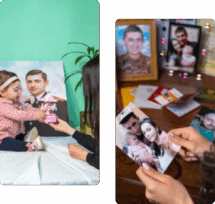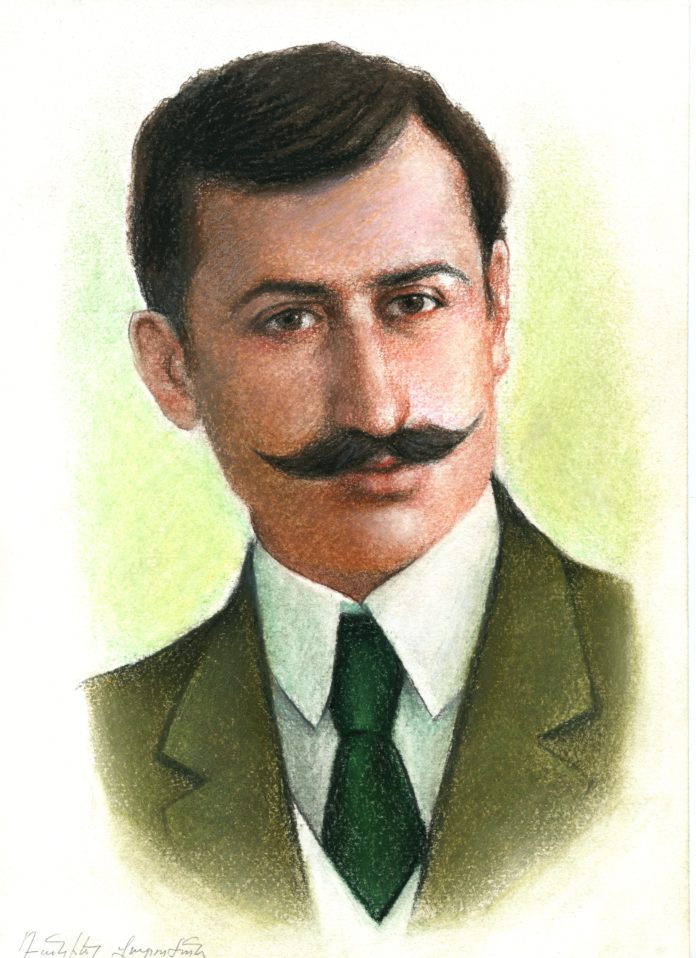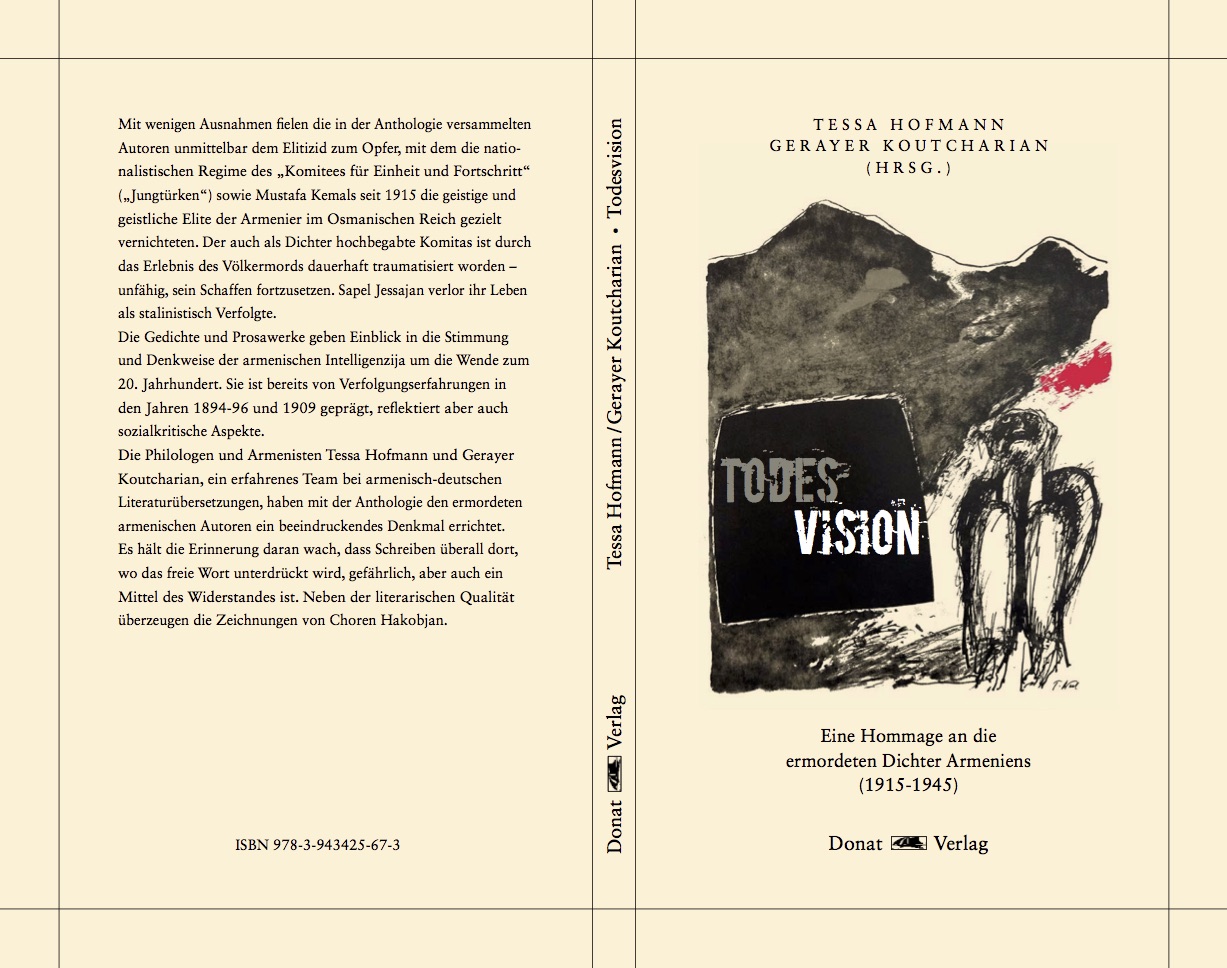BERLIN — On April 24, 1915, the Young Turk regime rounded up hundreds of Armenians, intellectuals, artists, writers, teachers, religious leaders, community elders in what Prof. Tessa Hofmann has called “elitocide.” It was the alarm that sounded the beginning of the Genocide that was to eliminate all layers of the population, young and old alike. A new book has just appeared in Germany dedicated to the poets murdered in that process.
Tessa Hofmann is well known as a pioneering genocide researcher in Germany, and her books and articles, published in German and English, are required reading for serious students of the genocide against the Armenians, Greeks and other Christian minorities in the Ottoman Empire. She has also been a leading campaigner for recognition of the Armenian Genocide, and has launched initiatives to commemorate the victims, like the Promotional Society for the Ecumenical Monuments for Genocide Victims of the Ottoman Empire (FÖGG). Hofmann is also chairwoman of the AGA, the Working Group for Recognition, against Genocide, and for Understanding among Peoples, which issued a joint declaration with the FÖGG to protest of the Turkish decision to covert the Hagia Sophia into a mosque.
Recently, the Berlin-based scholar has published works of a literary nature. In 2019, she issued a book of fables and fairy tales, featuring works by Hovhannes Toumanyan. The German translation was the result of a collaborative effort with Gerayer Koutcharian, who is a professional translator and teacher of Old and Modern Armenian. That same year her own novel, Tauben und Raben. Ein historischer Roman aus dem alten Irland, (Doves and Ravens: A Historical Novel from Old Ireland) appeared. And in early summer 2020, a volume of poetry and prose was released, translated into German again with Koutcharian. The title is Todesvision. Eine Hommage an die ermordeten Dichter Armeniens (1915-1945) (Vision of Death. Homage to Armenia’s Murdered Poets (1915-1945)). It was published by Donat Verlag in Bremen, which is well known for numerous works dedicated to Armenian history and culture. The volume is illustrated with ten drawings by Khoren Hakobyan, portraits of the authors.
“The collection Todesvision,” we read in the introduction, “came into being in commemoration of Armenian authors murdered in the first half of the 20th century. The anthology contains poetry, fiction and non-fiction prose by nine West Armenian authors. With the exception of Vahan Tekeyan, Zabel Yesayan and Intra they were persecuted and killed during the elitocide of Armenian intellectuals in the Ottoman Empire.” Zabel Yesayan was one of the “few women … who were on the police lists of names targeted for arrest. Like Vahan Tekeyan, she eluded capture through lucky circumstances. In this collection, she stands as a representative of those authors of West Armenian background who under Soviet rule were victims of the double victimization of Armenians in the 20th century: the second elitocide 1936-39 as well as the deportation of West Armenian ‘Repatriates’ in 1949.”
The selections include accounts not only of the 1915 genocide but also the Hamidian massacres in 1894-96 and 1909.
The anthology grew out of a series of public readings organized in 2014 and 2016 that took place on April 24 in Berlin and Jena, and the form reflects this origin. It is not merely a collection of short works but a poetical journey through the experience, guided by the testimony borne by one of the leading figures. The priest Grigor Balakian was one of the clergymen seized in the mass arrests on April 24, one of the few to survive and record the entire drama.





 Four years later, Tigranuhi’s husband dies of a lung ailment and shortly thereafter, her young son also dies. With determination, Tigranuhi pulls together all the money she has to pay for a dignified funeral, with candles, priests and a closed coffin for the child. She purchases two plots in the graveyard and visits her son’s grave on commemoration days. When asked where she has been, she replies happily, “I went to my child, Madame!”
Four years later, Tigranuhi’s husband dies of a lung ailment and shortly thereafter, her young son also dies. With determination, Tigranuhi pulls together all the money she has to pay for a dignified funeral, with candles, priests and a closed coffin for the child. She purchases two plots in the graveyard and visits her son’s grave on commemoration days. When asked where she has been, she replies happily, “I went to my child, Madame!”



